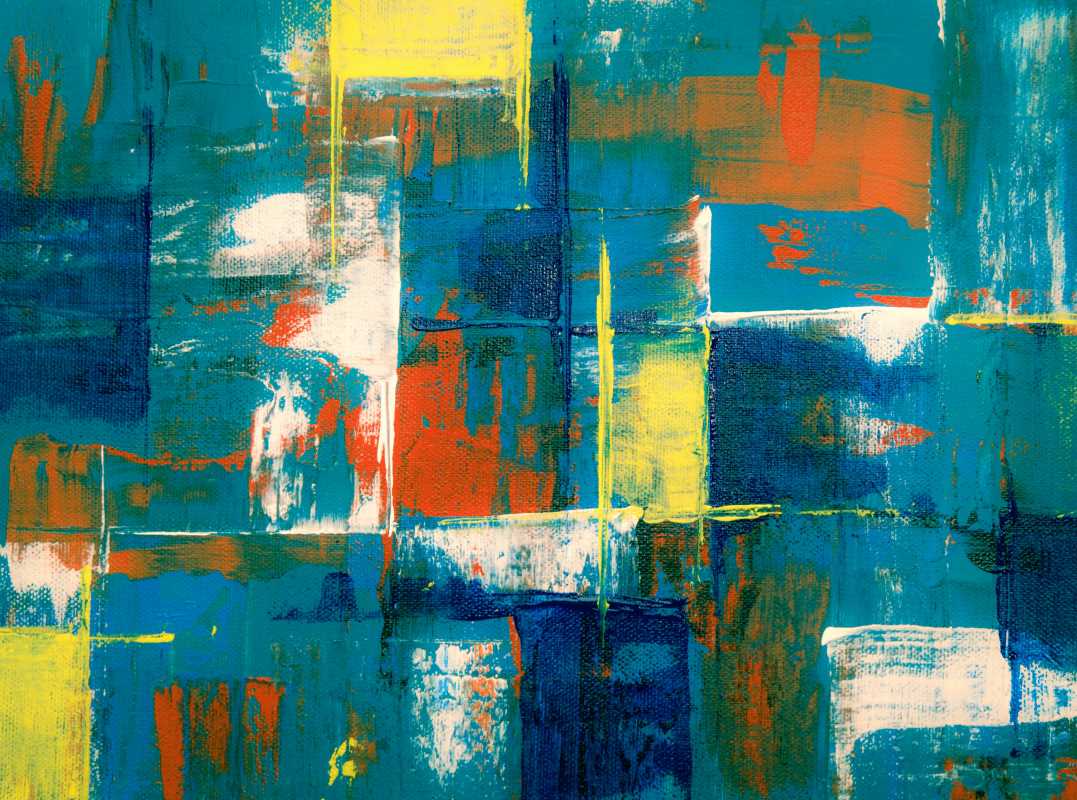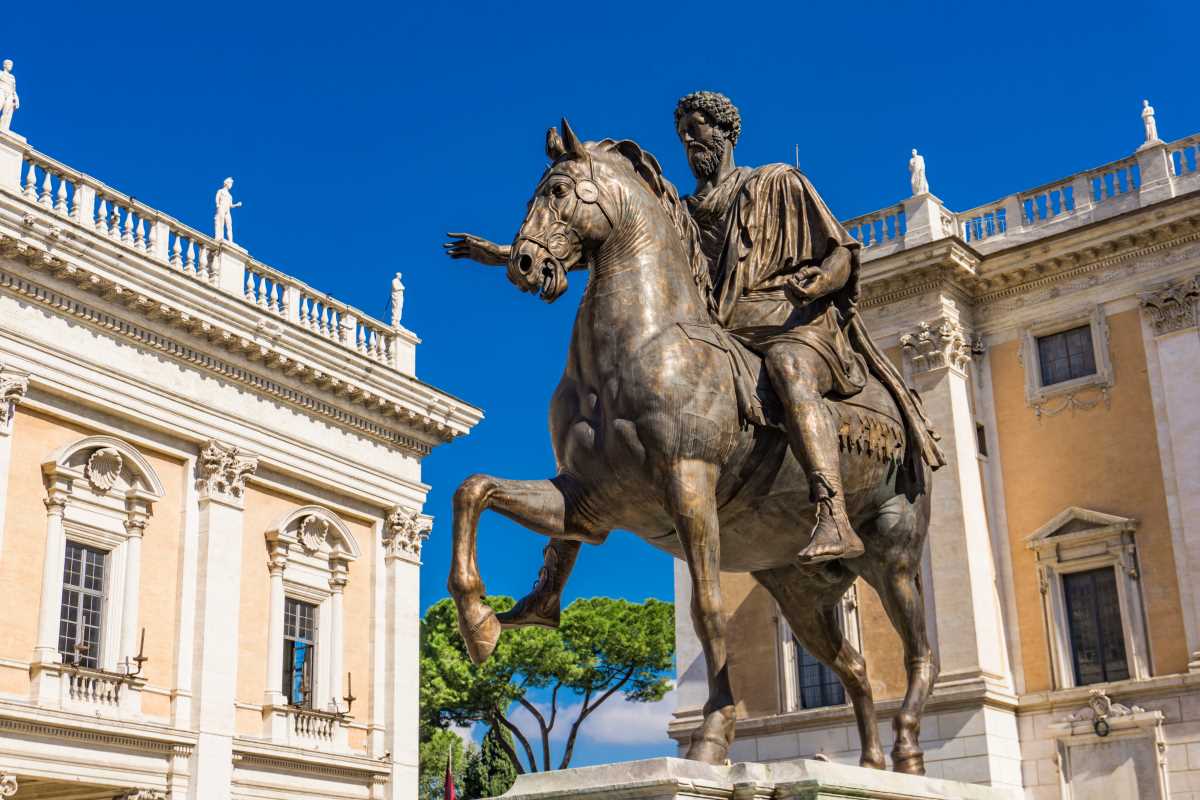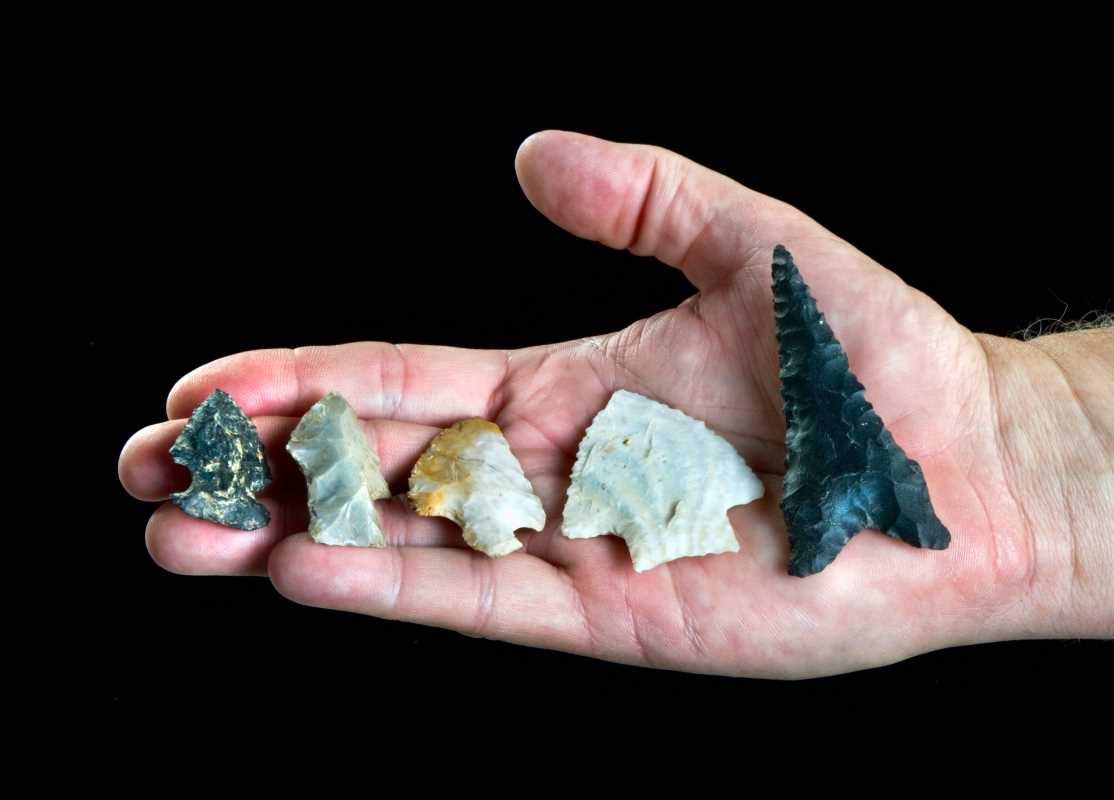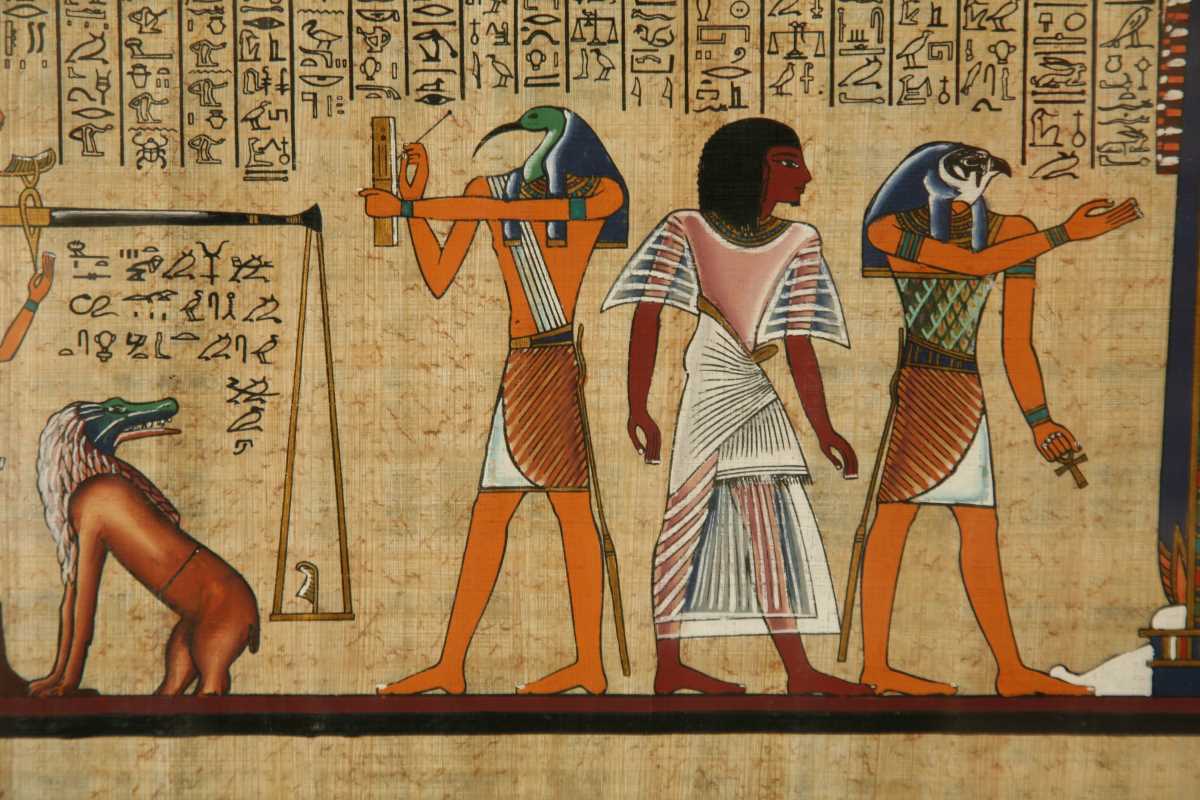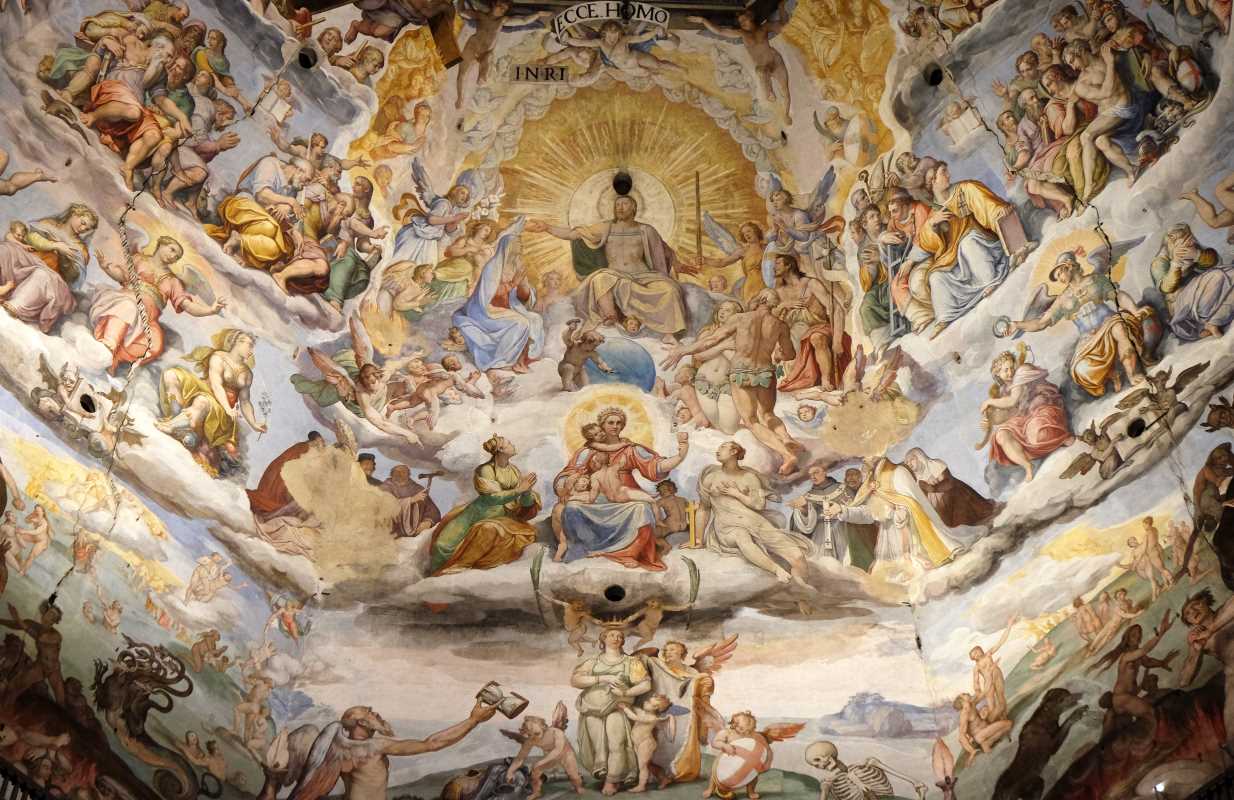The Harlem Renaissance was more than just a cultural movement; it was a period of extraordinary artistic explosion that changed the course of American art and culture forever. Taking place mainly during the 1920s and 1930s, this era saw Harlem, New York, transformed into a hub of creative energy, as Black artists, writers, musicians, and performers found new ways to express themselves and share their stories.
What made the Harlem Renaissance remarkable wasn’t just the art it produced, but the way it redefined Black identity and challenged racial stereotypes. Artists of this period used their work as a means of self-expression and as a powerful tool for social change. Their efforts paved the way for future generations of creators and cemented their contributions as vital to America’s cultural and artistic history.
This article explores the profound artistic legacy left by the Harlem Renaissance, touching on its impact on literature, music, visual arts, and theater, and examining how its influence can still be felt today.
What Was the Harlem Renaissance?
The Harlem Renaissance was a cultural movement that flourished in the heart of Harlem, a neighborhood in New York City that became a gathering place for African Americans during the Great Migration. Thousands of Black families moved north from the South in search of better economic opportunities and freedom from the oppressive conditions of Jim Crow laws.
Harlem became more than just a physical location; it became a symbol of Black pride, unity, and creativity. The community was filled with writers, poets, painters, and musicians eager to explore new forms of artistic expression and share their unique cultural experiences. The Harlem Renaissance became an era of experimentation, collaboration, and celebration of African American heritage.
Literature and Poetry
One of the hallmarks of the Harlem Renaissance was the rise of extraordinary writers who reshaped American literature. These authors and poets used their words to explore themes of racial identity, social inequality, and cultural pride while confronting the harsh realities of being Black in America.
Langston Hughes
Often referred to as the "Poet Laureate of the Harlem Renaissance," Langston Hughes was one of the movement’s most influential writers. His poetry vividly captured the struggles and joys of everyday Black life, blending simple language with a rhythm that echoed the sounds of jazz music. Works like “The Negro Speaks of Rivers” and “Harlem” (also known as “A Dream Deferred”) are still studied and celebrated today for their powerful exploration of racial pride and resilience.
Zora Neale Hurston
Zora Neale Hurston was another literary giant of this period. Her novel Their Eyes Were Watching God is considered a masterpiece of American literature. Hurston’s work focused on the lives and folklore of Southern Black communities and celebrated the richness of Black culture. She was unapologetic in her portrayal of strong, independent Black women, a perspective that was groundbreaking for her time.
Claude McKay
Claude McKay’s novels and poems were some of the boldest and most politically charged works of the Harlem Renaissance. Poems like “If We Must Die” addressed racial violence and the fight for equality, striking a defiant tone that inspired many activists and artists to stand up against systemic racism.
The Rise of Jazz and Blues
The Harlem Renaissance wasn’t just about literature. Music played an equally vital role in the movement, with jazz and blues becoming defining sounds of the era. Harlem’s legendary nightclubs, like the Cotton Club and the Savoy Ballroom, became hotspots for musical innovation, attracting audiences from all over the country.
Jazz Icons
Musicians like Duke Ellington, Louis Armstrong, and Cab Calloway rose to fame during this time. Duke Ellington, in particular, became synonymous with the Harlem Renaissance, using his role as a bandleader at the Cotton Club to push the boundaries of jazz composition. His music blended traditional jazz with experimental techniques, creating a style that was uniquely his own.
The Blues Takes Center Stage
The blues also found a home in Harlem, with artists like Bessie Smith and Ma Rainey gaining recognition for their emotional, soul-stirring performances. Their songs often reflected the hardships faced by African Americans, offering listeners a way to process pain, celebrate life, and connect with one another.
Visual Arts
The Harlem Renaissance also saw a flourishing of visual arts, as Black painters, sculptors, and printmakers began exploring new ways to represent their heritage and culture. These artists brought African art influences into their work, blending traditional motifs with modernist styles to create something entirely new.
Aaron Douglas
Known as the “Father of African American Art,” Aaron Douglas was one of the most prominent visual artists of the Harlem Renaissance. His bold, graphic style often combined geometric shapes with imagery from African culture, drawing connections between the legacy of Black Americans and their African roots. His illustrations for books and magazines, as well as his large-scale murals, remain iconic representations of the era.
Lois Mailou Jones
Lois Mailou Jones was another key figure in the visual arts of the Harlem Renaissance. She created vibrant, colorful works that celebrated Black culture while also commenting on issues of race and identity. Her career spanned several decades, and her contributions to both art and education helped pave the way for other Black artists.
Theater and Performance
Theater thrived during the Harlem Renaissance, with writers, directors, and actors challenging stereotypes and bringing authentic portrayals of Black life to the stage. Productions explored a wide range of themes, from romantic dramas to biting social commentaries, providing a platform for African American voices in a predominantly white industry.
The Influence of the Negro Ensemble Theater
Stage productions like those of the Negro Ensemble Theater brought cultural identity and political aspirations to the forefront. Performances were both entertaining and thought-provoking, shedding light on the struggles and triumphs of African Americans. For many, these productions opened the door to the emerging civil rights movement.
Key Figures in Performance
Performers like Paul Robeson and Josephine Baker broke barriers with their talent and charisma. Paul Robeson captivated audiences with his deep, commanding voice and powerful acting roles in productions like Othello. Josephine Baker, on the other hand, became an international sensation with her mesmerizing dance performances, gaining fame not just in Harlem but across Europe as well.
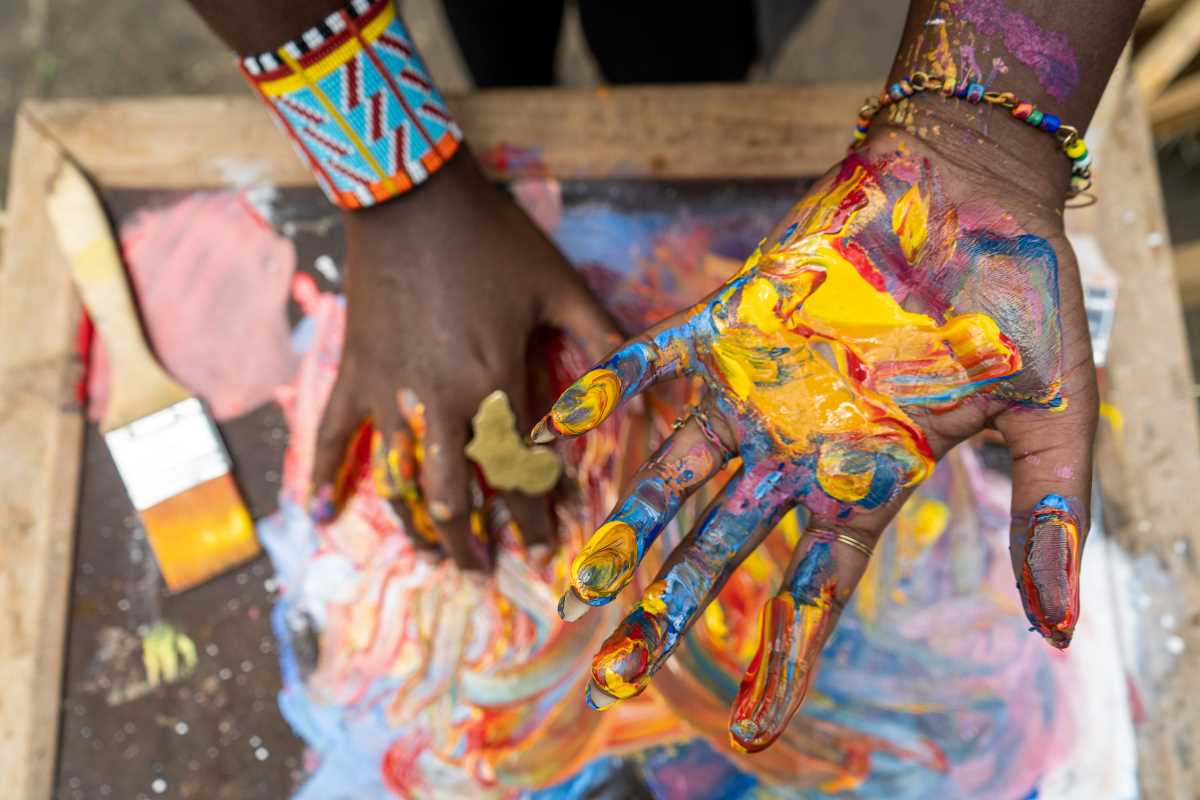 (Image via
(Image via